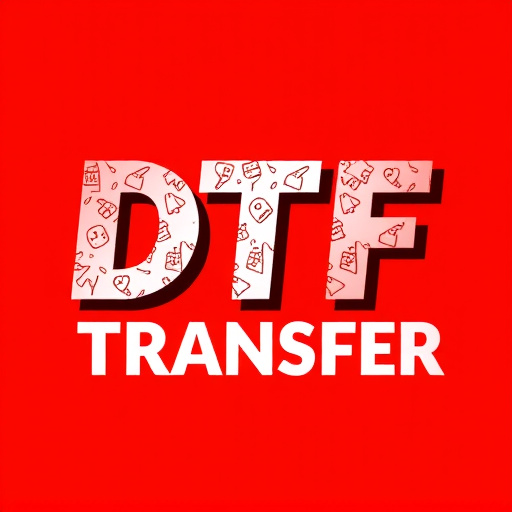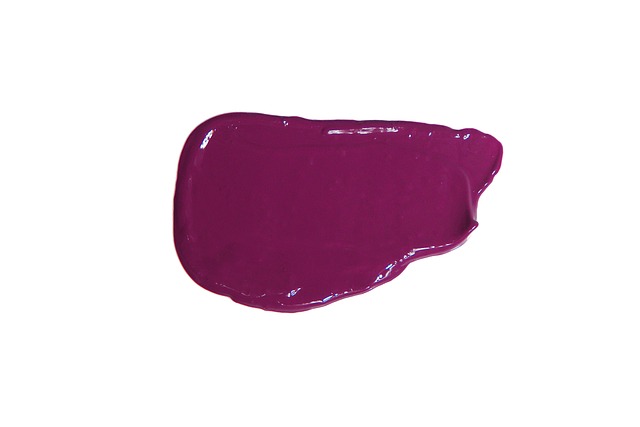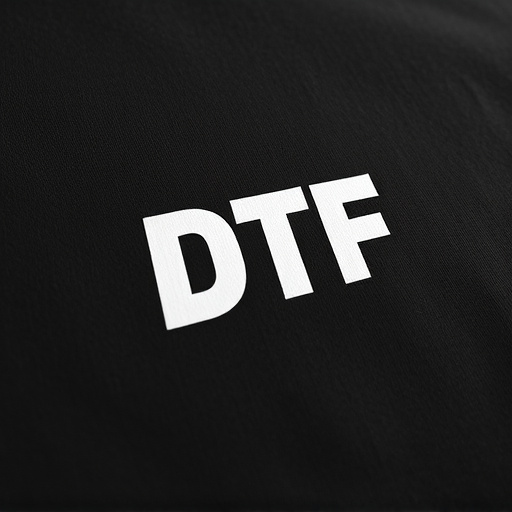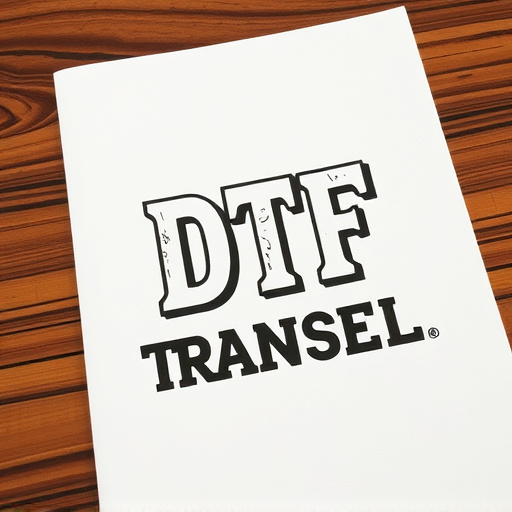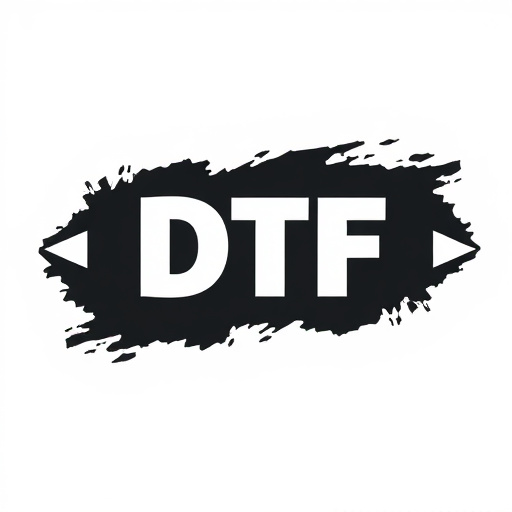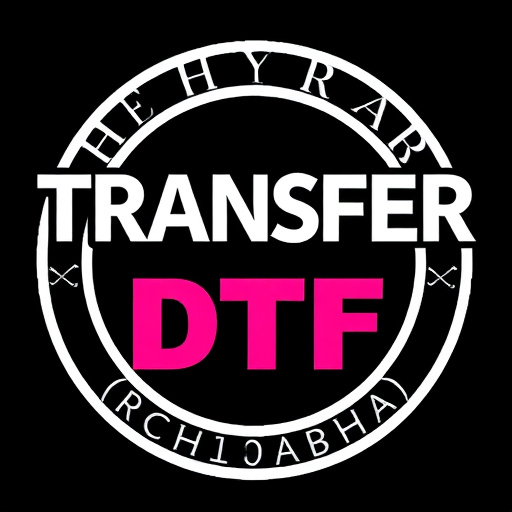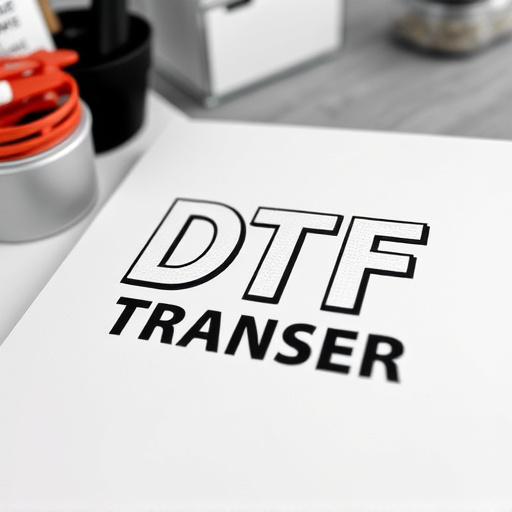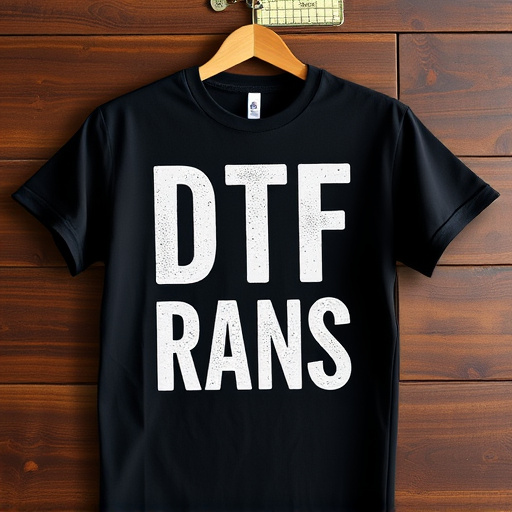Digital Thermal Forming (DTF) transfer technology offers precise, high-quality printing for smaller commercial operations, especially in signage, display, and promotional products. Direct to Film (DTF) transfer streamlines production, reduces turnaround times, and enhances quality, making it ideal for print-on-demand services. Choosing the right DTF printer involves considering speed, material compatibility, and budget. Quality control measures ensure consistent DTF prints, while case studies demonstrate its versatility in various industries. DTF Printing provides cost-effective, high-impact solutions for small businesses aiming to enhance their branding and marketing materials.
In today’s competitive market, smaller commercial operations seek efficient and cost-effective printing solutions. Enter DTF (Direct to Film) transfer technology—a game-changer for businesses aiming to produce high-quality prints at scale. This article explores the benefits of DTF for small businesses, delving into its process, system choices, quality control, and real-world case studies. Discover how DTF printing can revolutionize your operations by enabling precise film-to-print transfers, enhancing efficiency, and boosting profitability.
- Understanding DTF Transfer Technology: A Brief Overview
- Benefits of DTF for Smaller Commercial Operations
- The Process: From Film to Print Using DTF
- Choosing the Right DTF Printing System for Your Business
- Considerations for Quality Control and Consistency in DTF Prints
- Case Studies: Successful Implementation of DTF Transfer in Small Businesses
Understanding DTF Transfer Technology: A Brief Overview
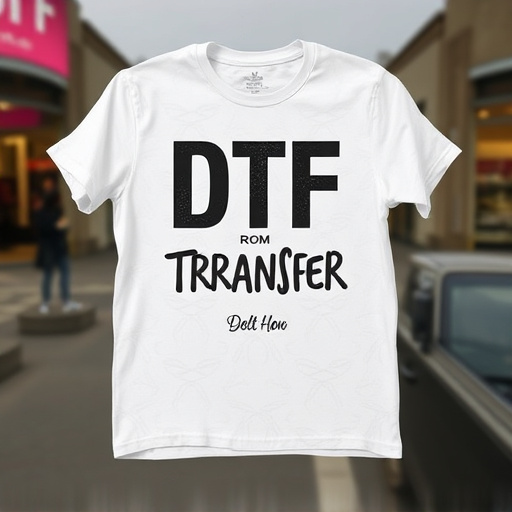
The Digital Thermal Forming (DTF) transfer technology has emerged as a game-changer in the world of printing and film transfer, offering precise and high-quality results for smaller commercial operations. DTF is a process that combines the precision of digital printing with the versatility of thermoforming, enabling the production of intricate and detailed prints on a variety of materials. This technology has revolutionized the way businesses approach custom printing, especially in industries like signage, display, and promotional products.
DTF Printing involves using a digital printer to apply ink directly onto a heat-sensitive film. Once printed, this film is then transferred onto a three-dimensional surface or substrate, forming a precise, durable print. The beauty of DTF lies in its ability to handle complex designs with fine lines and details, ensuring that every aspect of the original artwork is faithfully reproduced. This method is particularly advantageous for smaller operations as it offers cost-effectiveness, fast turnaround times, and the flexibility to produce both small and large batches of prints, making it a versatile solution for diverse business needs.
Benefits of DTF for Smaller Commercial Operations
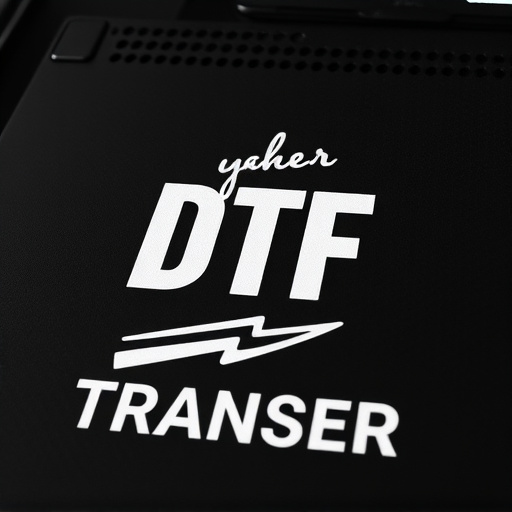
For smaller commercial operations, Direct to Film (DTF) transfer offers a range of compelling benefits that can elevate their production capabilities and efficiency. One of the key advantages is the ability to produce high-quality prints quickly and cost-effectively. DTF allows for direct printing onto film, eliminating the need for intermediate steps often required in traditional printing methods. This streamlined process reduces turnaround time, enabling businesses to meet tight deadlines and maintain a flexible workflow.
Additionally, DTF technology provides superior image quality and color accuracy, ensuring that final prints are vibrant and visually appealing. Its versatility makes it suitable for various applications, from short-run packaging to promotional materials. By adopting DTF Printing, smaller operations can enhance their output, attract clients with high-impact visuals, and stay competitive in the market without incurring the costs associated with larger-scale printing methods.
The Process: From Film to Print Using DTF
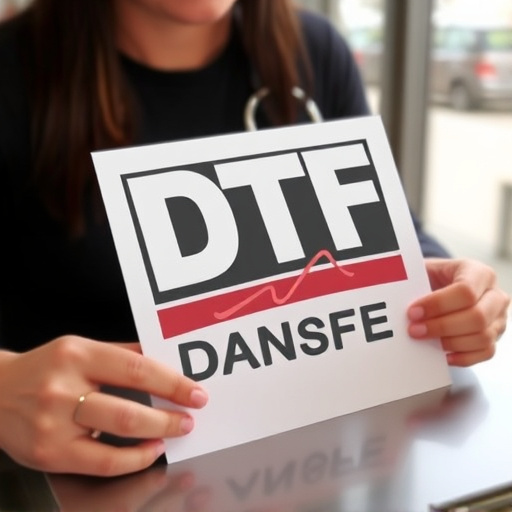
The process of converting film to print using Direct to Film (DTF) transfer technology is an efficient and high-quality method for smaller commercial operations. It begins with the preparation of the film, ensuring it’s clean and free from any debris or damage. The DTF printer then uses specialized inkjet technology to precisely transfer the image from the film onto a printing surface, be it fabric, paper, or plastic. This direct application ensures precise color reproduction and sharp detail, making it ideal for a range of print-on-demand applications.
DTF offers several advantages for smaller businesses. It allows for fast turnaround times, as the transfer process is significantly quicker than traditional methods. Additionally, DTF printing enables cost-effective production runs, especially when compared to setting up complex equipment or maintaining large inventory levels. This versatility makes it a game-changer for companies looking to offer unique, custom prints without breaking the bank.
Choosing the Right DTF Printing System for Your Business
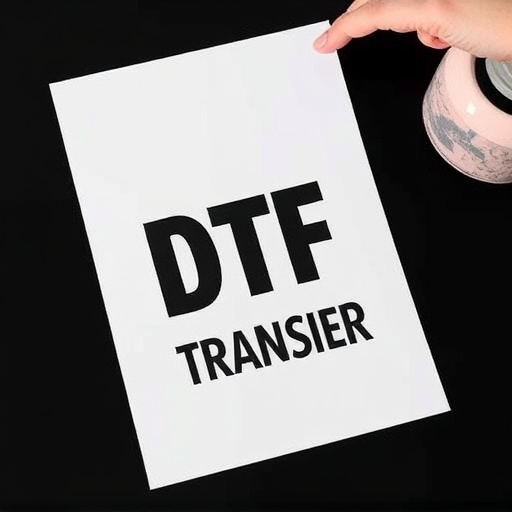
Choosing the right DTF (Direct to Film) printing system is a pivotal decision for smaller commercial operations looking to scale their film transfer solutions. Consider your specific business needs when selecting a DTF printer. Factors such as print quality, speed, material compatibility, and ease of use should be at the forefront of your considerations. Opting for a versatile DTF system that can handle various media types ensures you’re not limited in your product offerings.
Additionally, evaluate your budget and operational space constraints. Desktop DTF printers are ideal for startups or businesses with limited room, while larger models might be more suitable for established operations requiring higher throughput. By matching your chosen DTF transfer technology to these key factors, you’ll ensure a seamless integration of the system into your workflow, enabling efficient production of high-quality prints tailored to your unique commercial needs.
Considerations for Quality Control and Consistency in DTF Prints
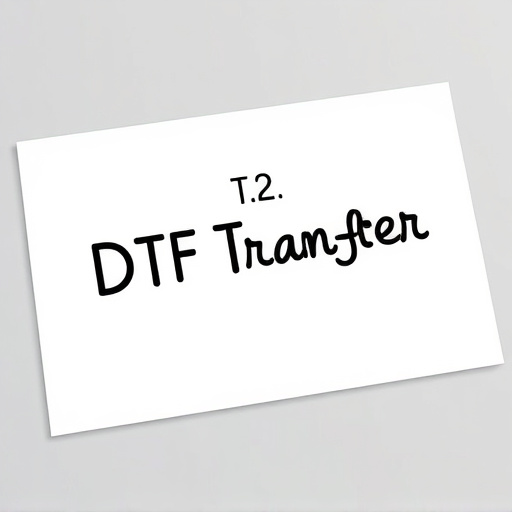
When adopting DTF (Direct to Film) transfer for smaller commercial operations, quality control and consistency in resulting DTF prints are paramount. Print-to-print uniformity is crucial for maintaining brand consistency and ensuring customer satisfaction. Careful consideration must be given to ink types, film emulsion choices, and printing parameters such as temperature, pressure, and speed to minimize variations across batches.
Implementing robust QC procedures, including color profiling and regular calibration of equipment, allows for consistent color accuracy and detail reproduction. By establishing clear standards and regularly testing prints against these benchmarks, smaller operations can deliver high-quality DTF prints that meet or exceed client expectations.
Case Studies: Successful Implementation of DTF Transfer in Small Businesses
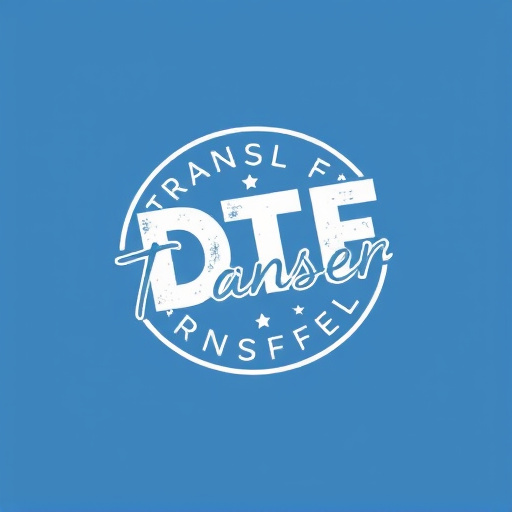
Small commercial operations are increasingly turning to Digital Thermal Forming (DTF) transfer solutions for their film printing needs. This technology offers a cost-effective and efficient way to produce high-quality, detailed prints on a variety of materials, making it an ideal choice for businesses looking to enhance their branding and marketing materials without breaking the bank.
Case studies from various sectors demonstrate the successful implementation of DTF transfer in small businesses. For instance, local cafes have utilized DTF printing to create unique, custom-designed cups and mugs, boosting customer engagement and fostering a sense of community. Similarly, boutique clothing stores have embraced DTF technology for creating eye-catching labels and tags, adding a touch of sophistication to their products. These real-world applications highlight the versatility and accessibility of DTF transfer, proving that even small businesses can leverage this cutting-edge technology to stand out in a competitive market.

